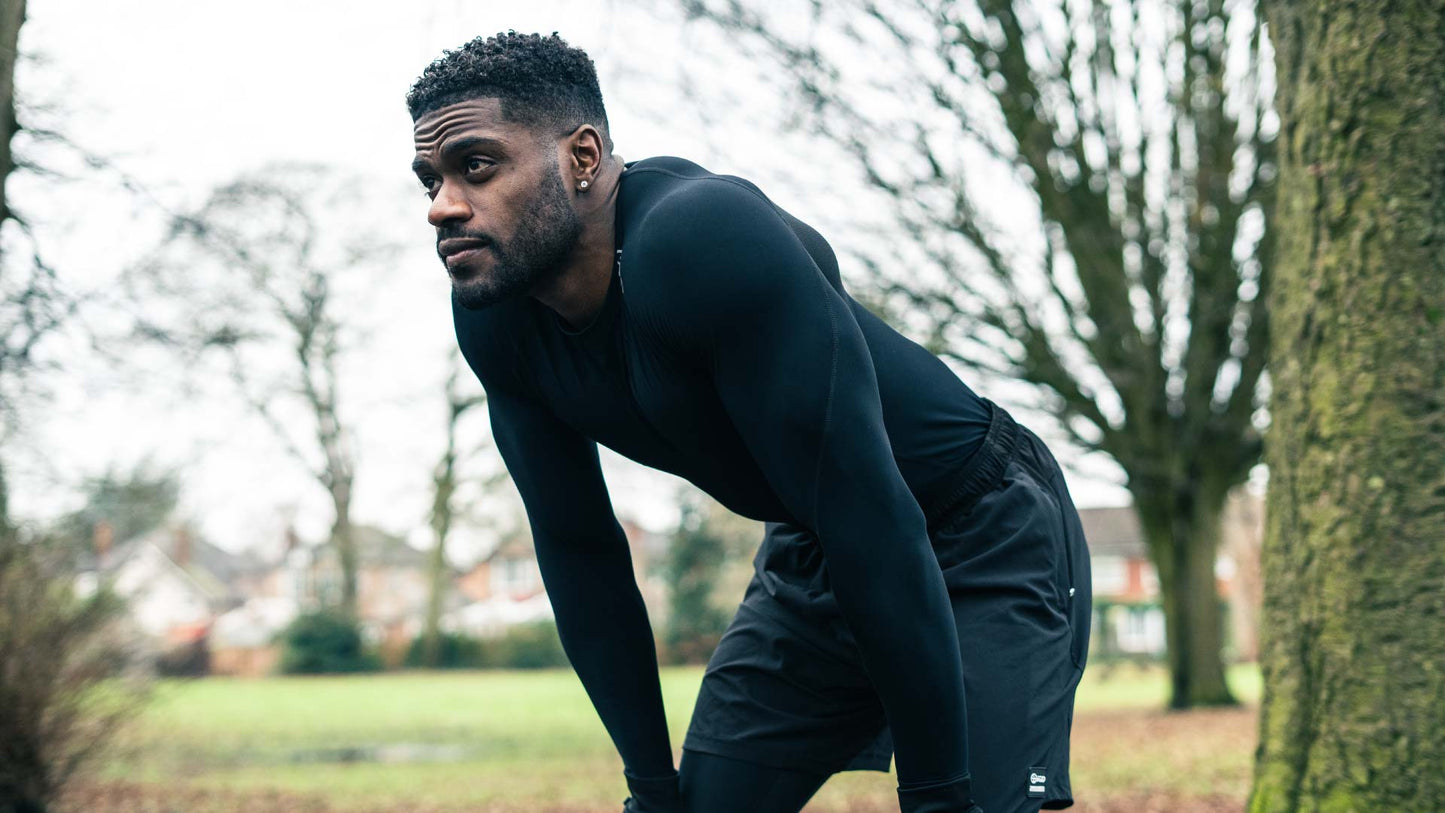JOIN TEAM IGD
Join our community for early access to events, workout guides, and exclusive offers - including 15% off your first order.
This store requires javascript to be enabled for some features to work correctly.

Shin splints — the common name for medial tibial stress syndrome — refers to pain and inflammation along the front or inner part of the lower leg, typically near the shinbone (tibia).
They’re often caused by repetitive impact activities like running, jumping, or high-intensity cardio, especially when combined with overtraining, poor running form, or inadequate footwear.
If you’ve ever felt a dull ache, sharp pain, or throbbing along your shin during or after exercise, there’s a good chance you’re dealing with shin splints.
Shin splints don’t just come out of nowhere. They’re often triggered by:
If you’re already dealing with shin splints, your first move is to cut back on high-impact training (think running, jumping, or plyometrics). Swap in low-impact cardio like cycling, swimming, or elliptical work while your legs recover.
To prevent future bouts of shin splints, here’s the game plan: strengthen, stretch, support, and recover. Add the following exercises into your weekly routine to build stronger lower legs and reduce shin strain.
|
Exercise |
What it does |
How to do It |
Frequency |
|---|---|---|---|
Toe Taps |
Strengthens shin muscles |
Tap toes up/down while heels stay down |
2–3 sets x 30 seconds |
Calf Raises |
Builds calf strength + ankle stability |
Rise onto toes, lower slowly |
3 sets of 15 reps |
Wall Tibialis Raises |
Targets tibialis anterior (shin muscle) |
Lean on wall, lift toes toward shins |
3 sets of 10–15 reps |
Foam Rolling (Calves) |
Releases tension, improves recovery |
Roll slowly from ankle to knee |
1–2 minutes per leg |
Seated Ankle Circles |
Improves mobility + circulation |
Rotate ankles slowly in both directions |
30 seconds each way |
Heel Walks |
Activates front shin muscles |
Walk on heels for 20–30 steps |
2 rounds |
Standing Calf Stretch |
Increases calf flexibility |
Hold against wall or step |
30 seconds per side |
Supportive gear = smart training. If you’re logging runs or crushing leg day, calf guards can give your lower legs the compression they crave.
IGD Sport’s Compression Calf Sleeves are designed for:
Pro Tip: Pair Compression Calf Sleeves with proper warm-ups and a solid recovery routine. This is the most effective way to cover all bases to stop you being sidelined by shin splits.